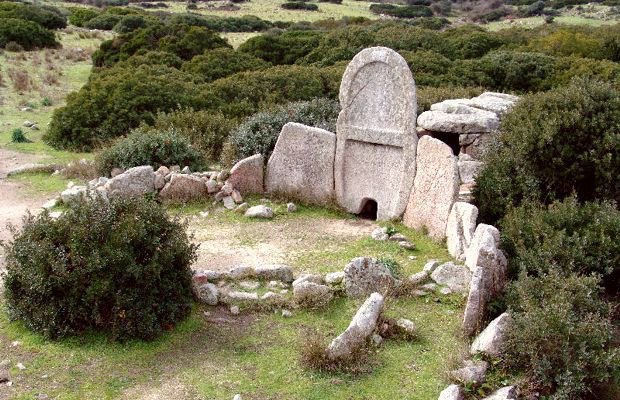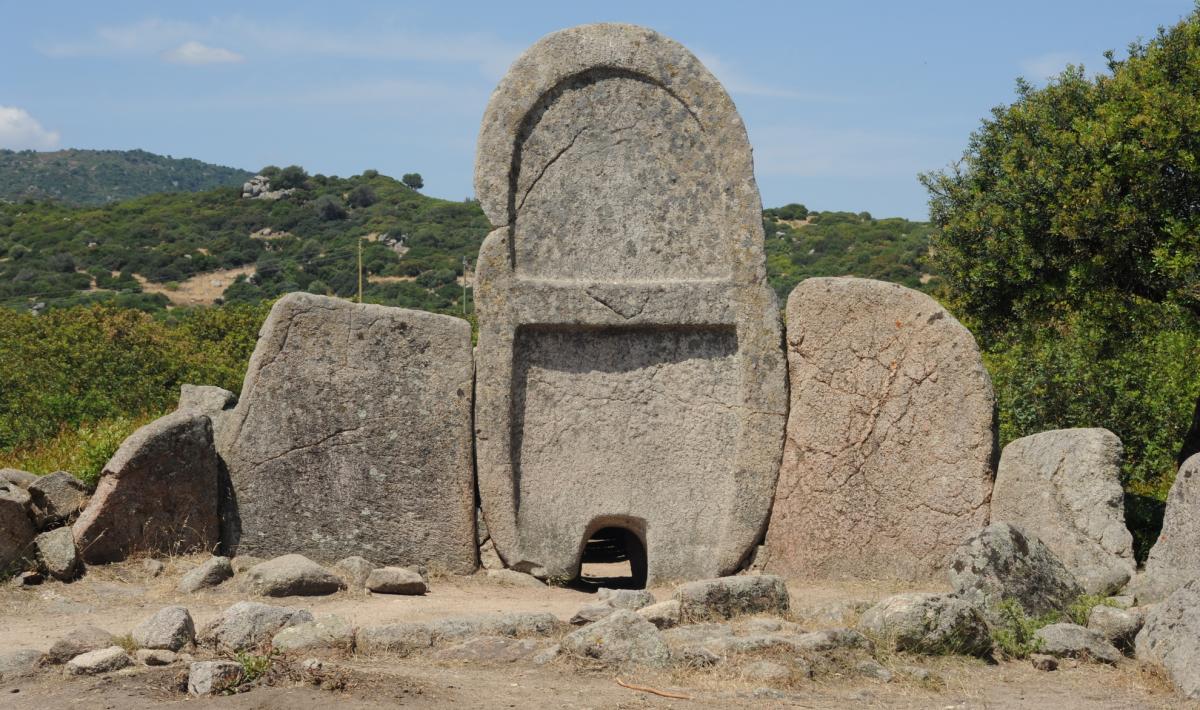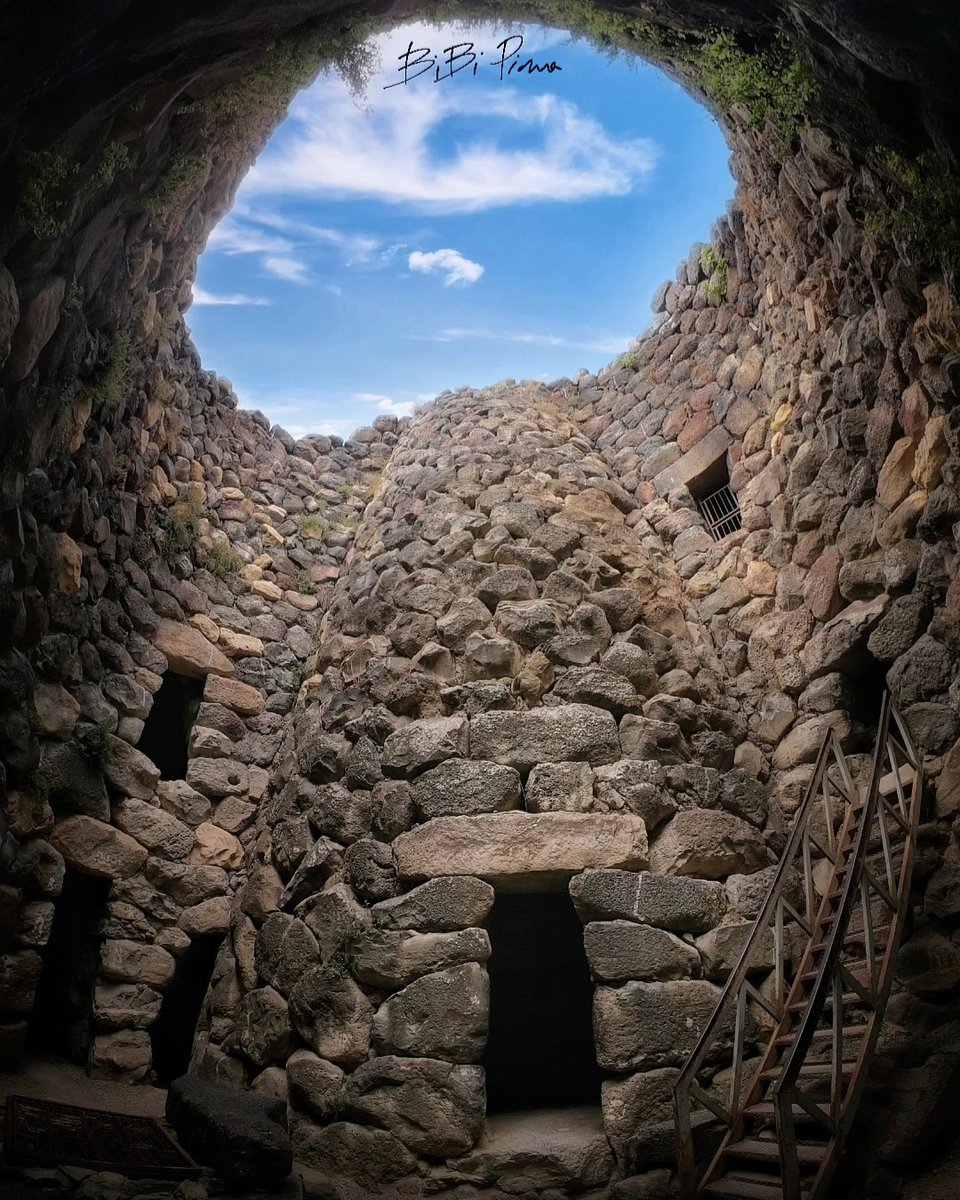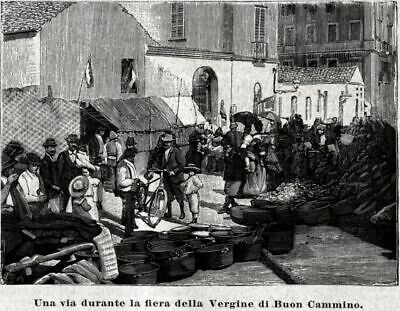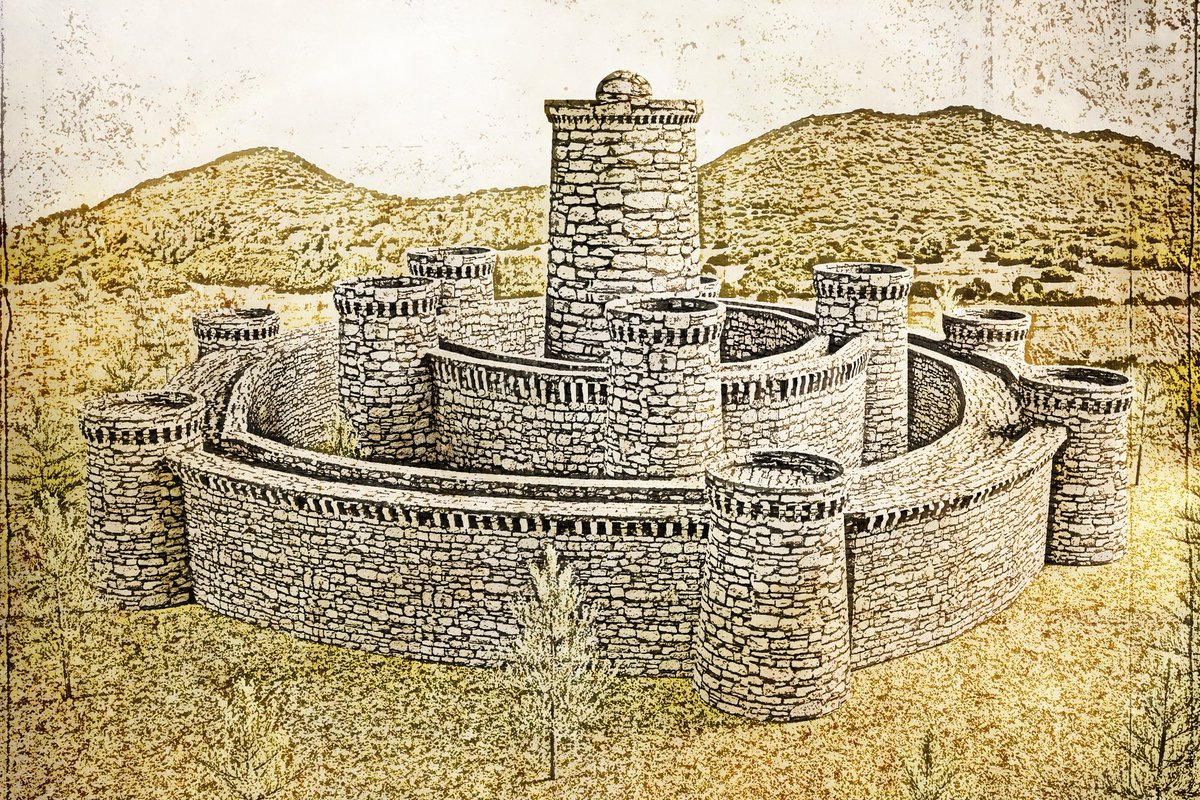
**ARDIAS**
Thread about the dangerous horse races held by Sardinians in honour of some Saint, of Byzantine origins.
📸 Santa Maria de sa Rosa, Seneghe.
Thread about the dangerous horse races held by Sardinians in honour of some Saint, of Byzantine origins.
📸 Santa Maria de sa Rosa, Seneghe.
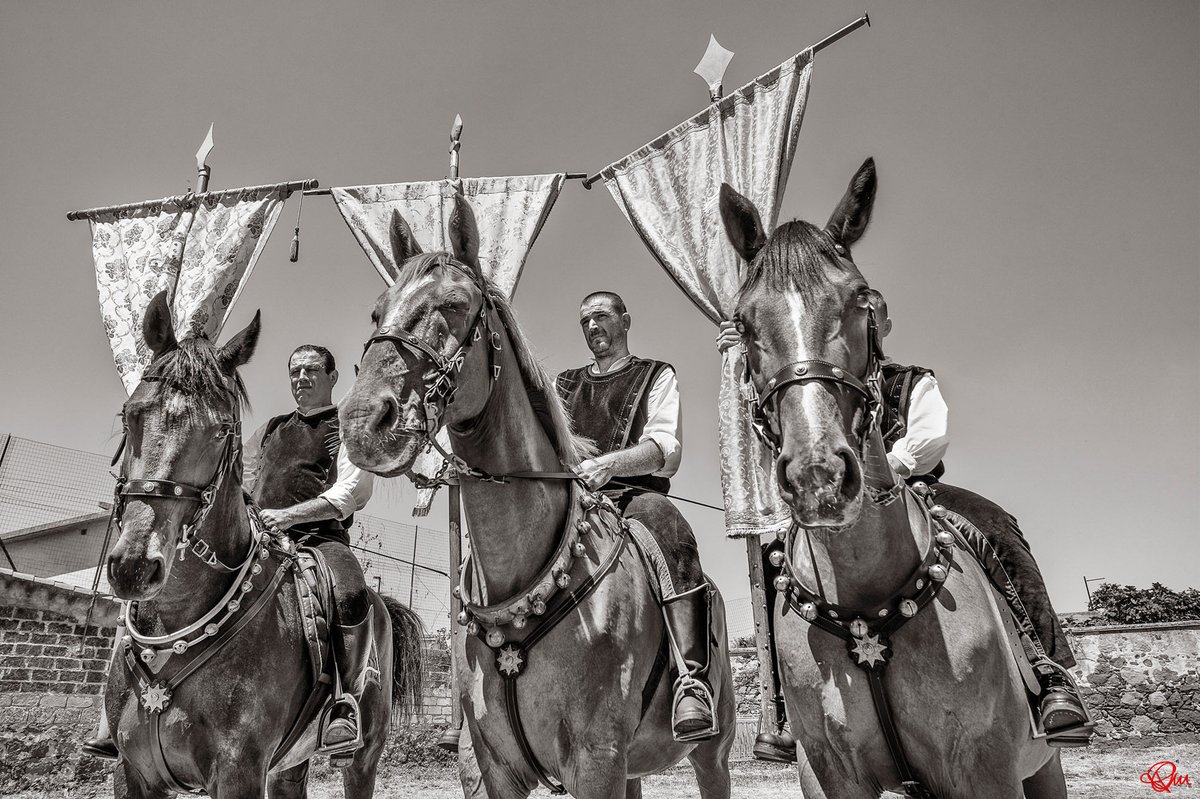
Àrdias are characteristic horse races which had great value to Sardinians until a century ago (and in some way, even now). Sardinians have a great tradition of horse riding and acrobatic horse riding, and these events allowed people to show all their skills and bravery. 

Kids were taught from very young age to compete in àrdias and their failure could mean great resentment from their family (who were their teachers) and most importantly, kids wouldn't show the bravery that was asked from them.
Travellers of 19th century were astounded and-

Travellers of 19th century were astounded and-


-shocked by both the skills and bravery of Sardinians, who would launch themselves at full speed along steep rises and descents and rough terrains. It was thought only Sardinian horses, habit to the terrain, could afford to run these races.
The àrdias are religious festivals-
The àrdias are religious festivals-

-held near churches and in occasion of some festivity. They consist of a large group of horsemen running at full speed, all packed together, along a definite path. This path usually required hard descents and passing through archways. The horsemen would then reach the church- 

-or any other important site, and make 3 rounds at normal speed around it, first in a direction and then the opposite. Then, suddenly, the leader of the race decides when to start again and follow the same path back to the start.
The leader is called "prima bandela" (the name-
The leader is called "prima bandela" (the name-

-can vary according to the town) which means "first flag" or "first vexillum", by the name of the vexillum that is given to him by the priest at the beginning of the ceremony, when he blesses all the participants. The leader is sided by a second and third vexilla. They represent- 
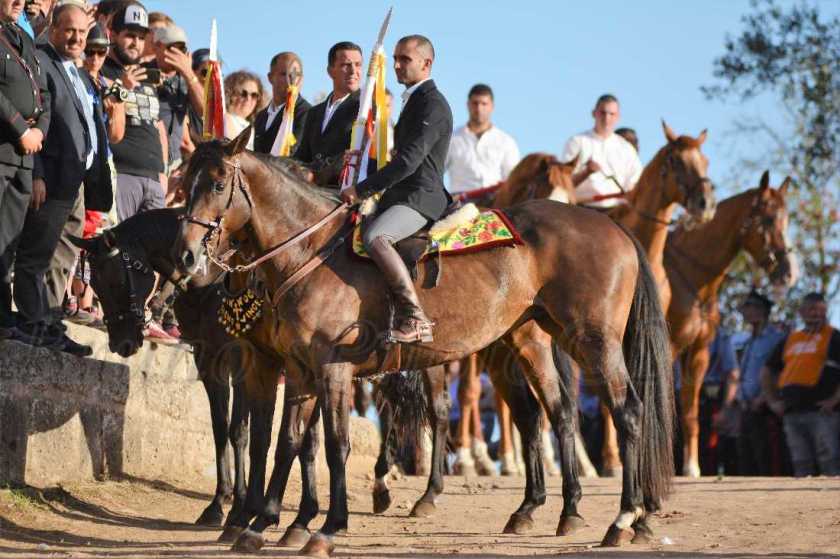
-the Saint and his guards, while the rest of the horsemen represent the unfaithful that want to overcome them. They never manage because the guards protect the side of the Saint.
Nowadays, the races are ritualistic and not real races, but in the past they were absolutely real.
Nowadays, the races are ritualistic and not real races, but in the past they were absolutely real.

They were accompanied by people shooting with rifles to the sky, bothering the horses to excite them even more, and plenty of incidents. They are usually held in the countryside but can also be held in the narrow streets of the villages.
The symbolism of the race relates to-

The symbolism of the race relates to-
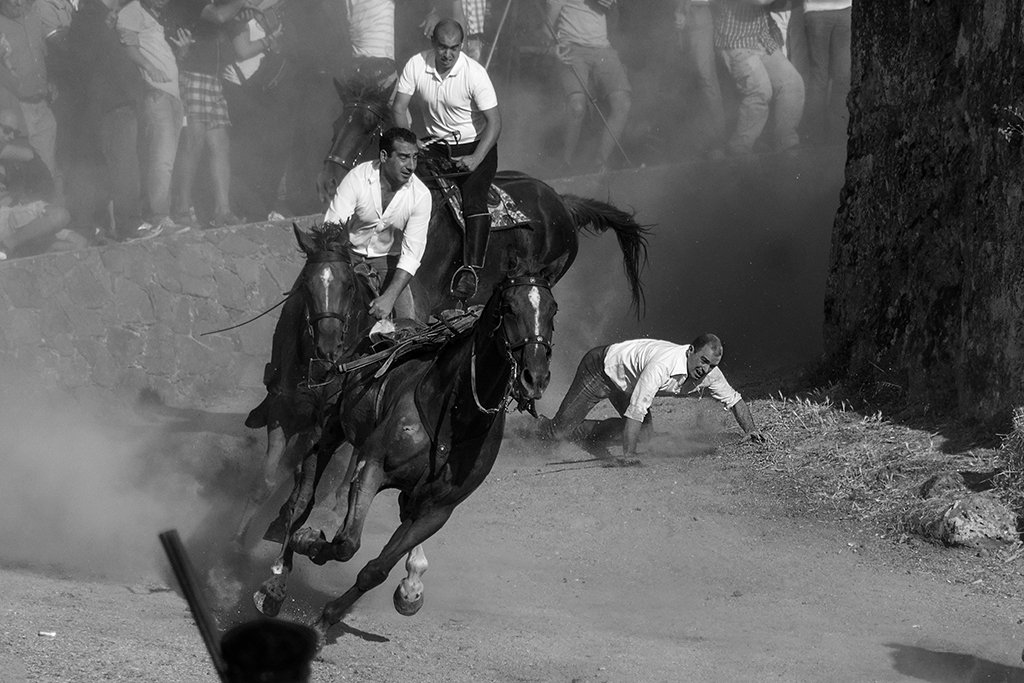
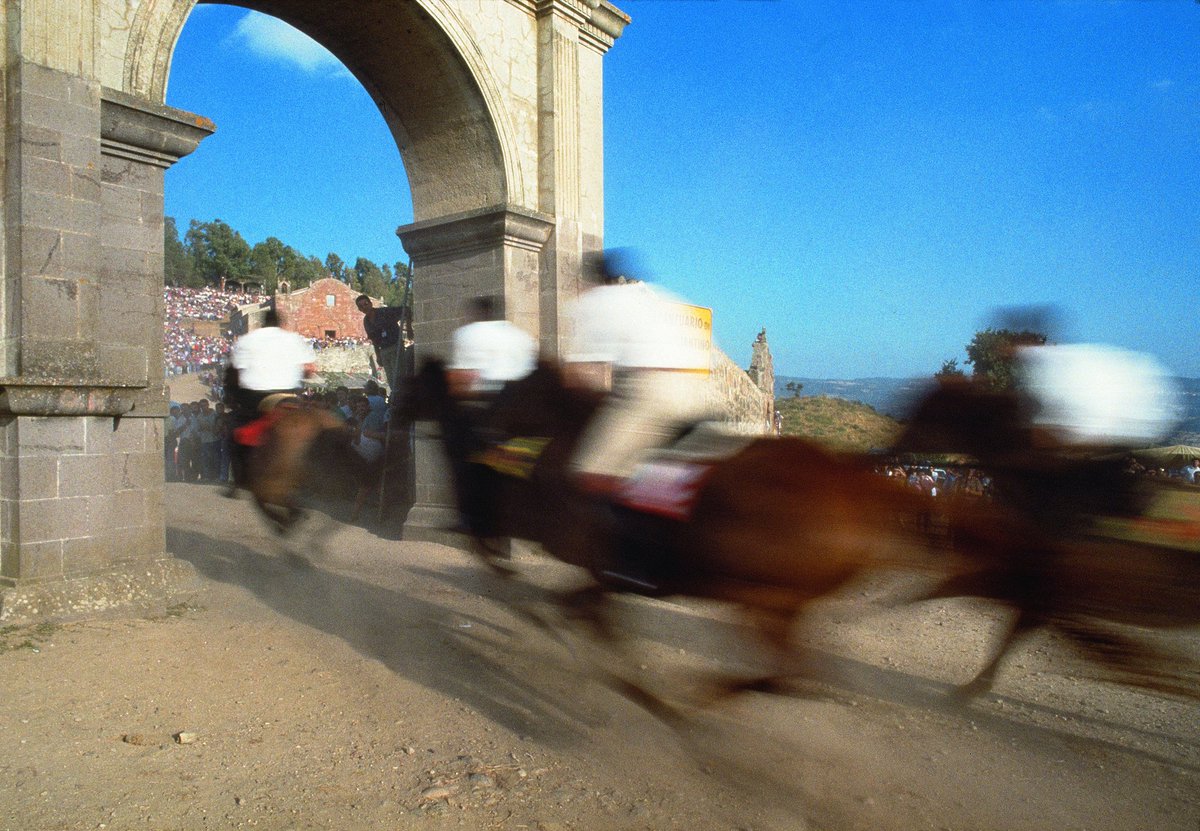
-their origin. It is widely accepted they derive from Byzantine religious traditions. Sardinia has been part of the Eastern Roman Empire for some centuries.
The hint is given by the fact most ardias are held in honour of Saint Constantine (Santu Antine in Sardinian), Emperor.
The hint is given by the fact most ardias are held in honour of Saint Constantine (Santu Antine in Sardinian), Emperor.

He's the one who gave Christians the freedom to profess their religion (and he embraced it too), therefore the image of the Saint and the unfaithful becomes clear. Also, Saint Constantine is not a saint for the Catholic Church but he is for the Orthodox one. 

The most famous ardia is that of Saint Constantine of Sedilo. In this case, the horsemen run around an old betyl standing on the ground, hinting at an older, maybe Prenuragic cult substituted by the Saint. 





Saint Constantine of Pozzomaggiore. In this case, the pandelas dress in red clothes and the leader wears a cap with a crown. 



Ardia of Santu Lussurgiu, in Santu Lussurgiu. This is held within the streets of the village and the three rounds are done around a cross outside the village. 


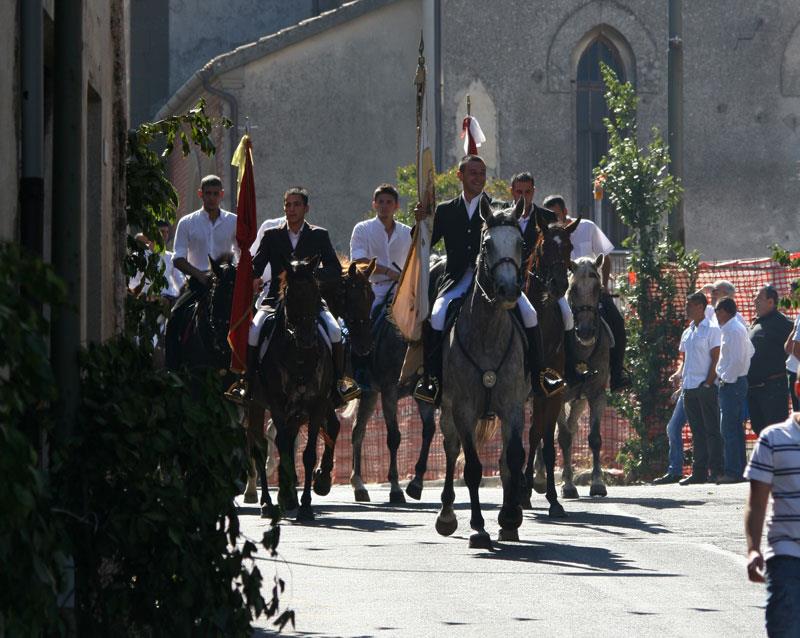

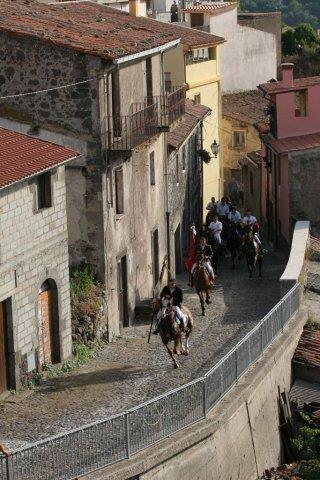
• • •
Missing some Tweet in this thread? You can try to
force a refresh






